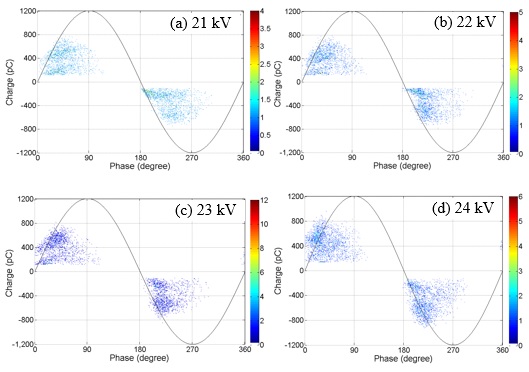
Project descriptions:
Partial discharge measurement has become an invaluable tool for monitoring the insulation condition of high voltage components in service. Particularly it is important for factories and for utilities to get an indication of the time to breakdown. The test on cable system is usually a voltage test but in order to enhance the quality of insulation many researchers have proposed performance test such as detection, location and identification of Partial discharge. In this work, a model for a spherical void within a dielectric material of a cable Insulation is developed using Finite Element Analysis (FEA) software in parallel with MATLAB programming code. The model is used to study the effect of various applied stresses and void conditions on PD activity and also the electric field and temperature distributions within a void. Measurement results are performed on artificial XLPE cable model in the laboratory and are compared with computer simulation results based on physical model.
Project Duration: November 2012 - January 2016
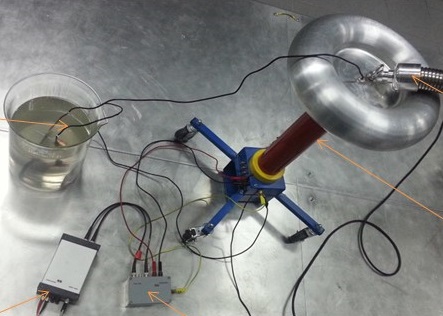
Project Descriptions:
In this project, three types of partial discharge (PD) are classified and identified using various methods of signal de-noising and artificial intelligence techniques. Different types of data extracted from PD pulses are utilised in the artificial intelligence to identify PD types. Comparison is made between different techniques to determine which technique yields the highest accuracy in term of correct PD type identification. This application can be used by industries to determine type of PD in high voltage insulation system in a quick and accurate manner.
Project Duration: September 2013 - March 2016
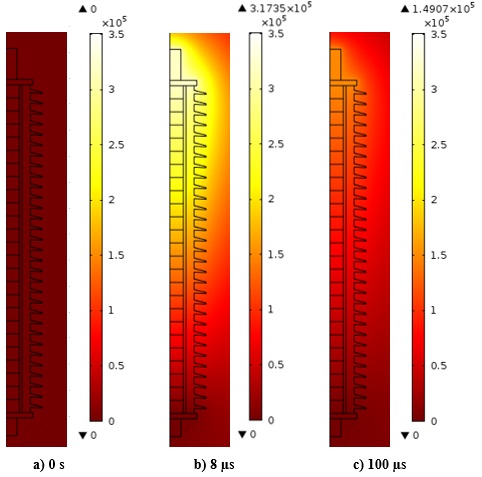
Project Descriptions:
Installation of surge arrester has been the most effective solution in improving the lightning performance of overhead transmission lines in Malaysia. However, severe lightning environment might lead to higher degradation rate of the surge arrester, which significantly influences its protection level. In this work, a study is conducted on the arrester withstand capability against the combined effects of AC electrical stress and surge overvoltage. The performance under different kinds of lightning energy stress is studied as many arresters in nowadays have specific energy discharge capabilities. The electrical and thermal stability of the arrester is evaluated using finite element analysis (FEA) software. Discharge characteristics are simulated using Electromagnetic Transient Program to determine the most effective arrester protection design in minimizing the line outages due to lightning.
Project Duration: March 2012 - July 2016
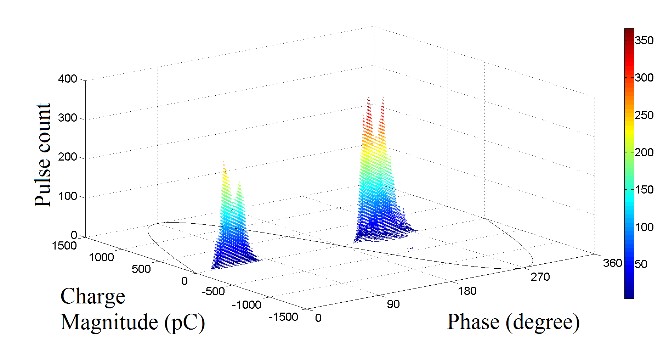
Project descriptions:
A condition monitoring (CM) system, which integrates wavelet analysis and artificial intelligent techniques to analyze the partial discharge (PD) patterns and classify the types of PD in 11 kV 3 core XLPE cable insulation is developed in this work. Several types of defects are artificially introduced in the cable insulation to create different types of PD (void, surface and corona). Wavelet transform is employed to de-noise the PD signals. The performance of several well tried wavelets is investigated. Different feature extraction methods are applied to the de-noised PD signals to form pattern vectors, which are used as the inputs to a proposed neural network based classifier to identify the types of PD patterns. Lastly, the performance of the proposed CM system is verified with another sets of data obtained from different PD sources.
Project Duration: September 2013 - August 2016
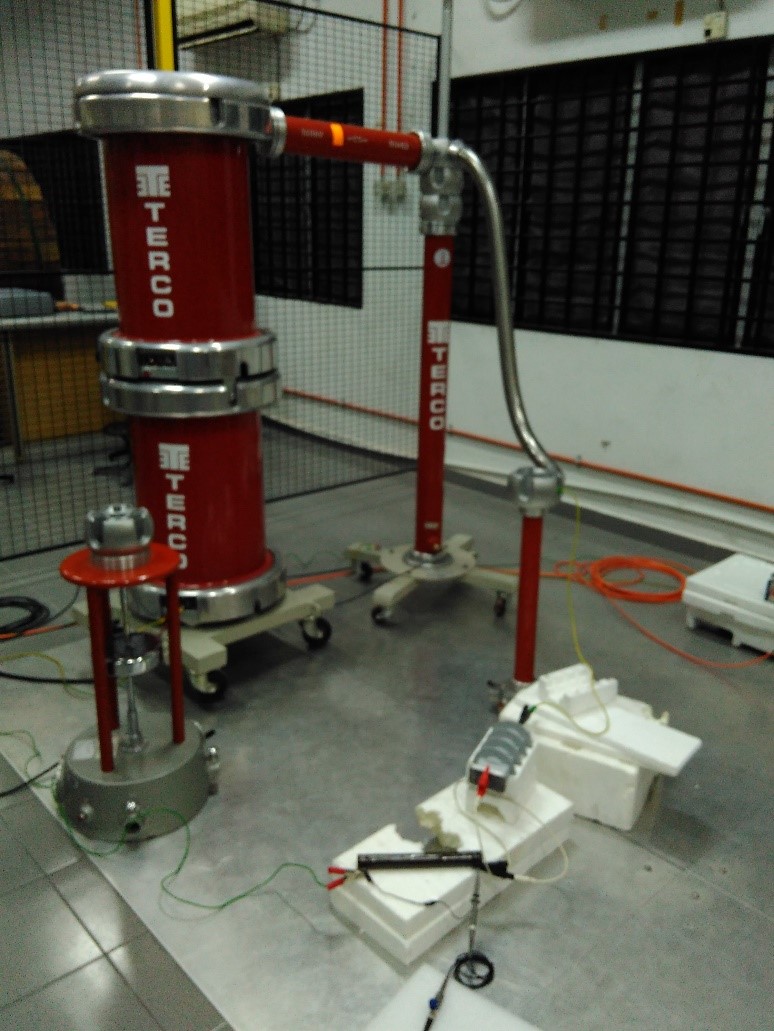
Project Descriptions:
Nowadays, zinc oxide surge arresters (ZnO) are widely used in power systems. However, leakage current is commonly flow across ZnO under non-conducting condition. Leakage current is known to be directly related to the degree of degradation of ZnO arrester. An understanding of leakage current flow across ZnO arrester can be enhanced through modelling. Therefore, in this work, a model of Zinc Oxide surge arrester will be developed using finite element analysis method to simulate leakage current across the arrester. Then, the developed model will be used to find the optimized design of Zinc Oxide surge arrester in reducing the leakage current using optimisation methods. To validate the simulation model, the simulated results will be compared with measurement results of leakage current across the surge arrester. For this purpose, measurement of leakage current in Zinc Oxide surge arrester under various conditions will be performed. Through this work, a better understanding of leakage current across ZnO arrester can be attained, which may help condition monitoring analysis on surge arrester in electrical utilities.
Project Duration: September 2014 - August 2018
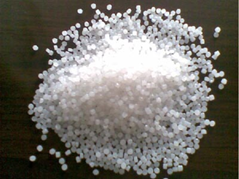
Project descriptions:
The electrical characteristics of good insulation materials for high voltage equipment include high breakdown strength, low tan delta and strong partial discharge and electrical treeing resistance. The most commonly used insulation material type is polymeric material. This project analyses the electrical characteristics of different types of polymeric materials for comparison. Different types of polymeric materials are also mixed together with different percentage of compositions to determine which combination of the mixture yields the best electrical characteristics. Hence, improvement on the existing polymeric materials can be proposed.
Project Duration: September 2014 - April 2019
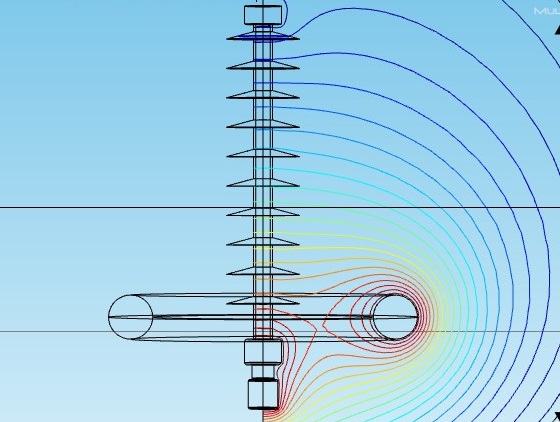
Project Descriptions:
Insulator string is an important equipment on high voltage transmission lines. High electric field on the insulator string may increase the likelihood of corona phenomenon. Thus, the use of a corona ring can reduce the likelihood of corona occurrences. However, the design of a corona ring has to be optimized to achieve the best performance of the insulator string. Therefore, the electric field distribution on an insulator string with and without a corona ring and the optimisation of a corona ring design are investigated. The electric field distribution along the insulator string is obtained using finite element analysis (FEA) software. Several optimisation algorithms are used to identify the method that yields the most optimum corona ring design.
Project Duration: September 2018 - December 2022
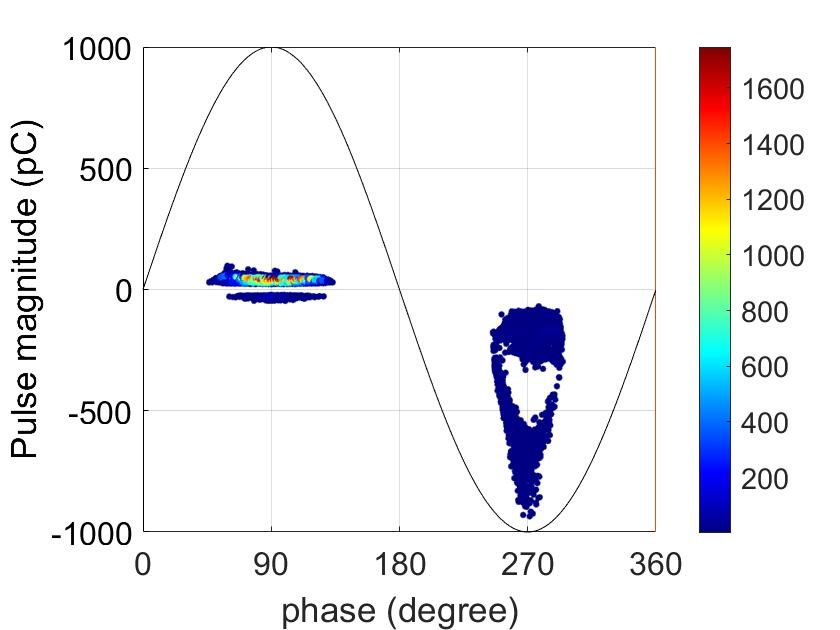
Project descriptions:
The presence of metal contaminants inside insulation contributes to the highest rate of insulation failure. The movement of the particles can deteriorate insulation strength, which leads to insulation breakdown. Partial discharge (PD) characteristics generated from wire particle in gas insulation under DC voltage is investigated. A simulation model based on the Finite Element Method (FEM) was also established to explain the behaviors better.
Project Duration: October 2019 - May 2023
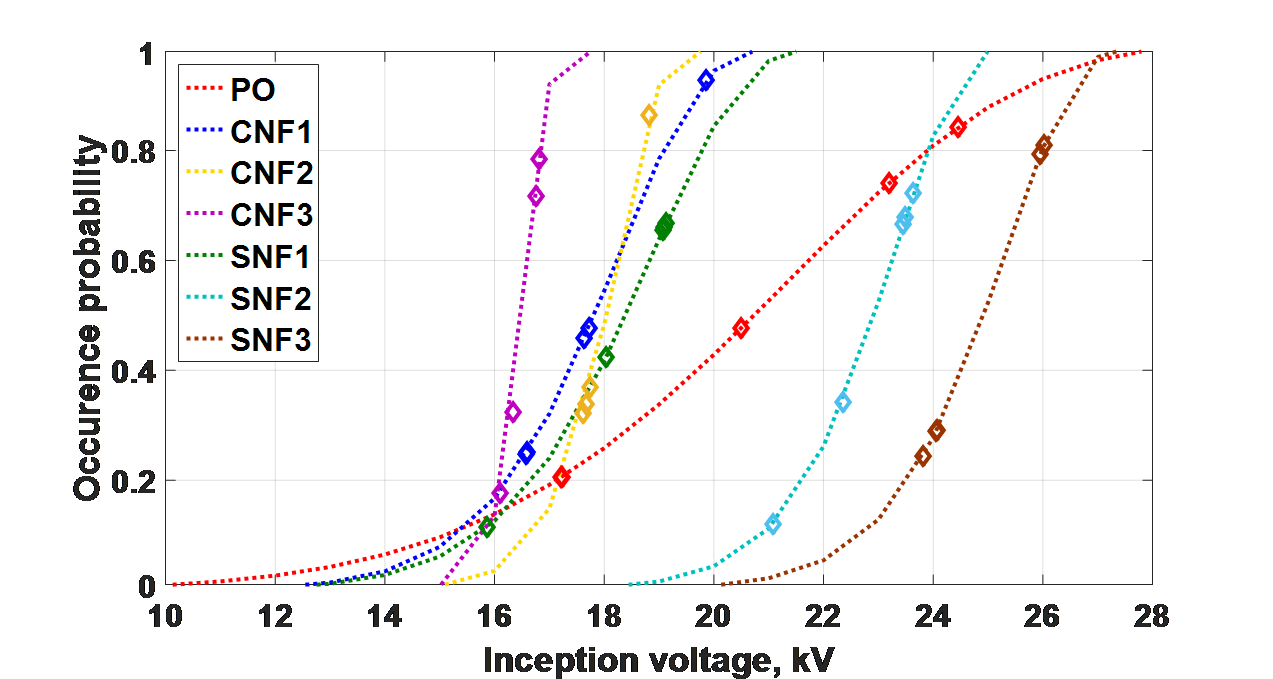
Project descriptions:
Palm-based oil is gaining worldwide attention as sustainable resources and is becoming a competitor to petroleum-based oil for insulating liquids in high voltage transformers. However, palm-based oil has high concentration of unsaturated fatty acid, making it unstable and prone to oxidation. The development of nanofluid (NF) technology has been introduced by recent researchers where the goal of nanofluids in high voltage engineering is to achieve the best possible electrical and thermal properties. The number of publications reported on nanofluids has increased per year but only a limited number has focused on electrical properties. Based on several publications, there are evidences shown that Fe3O4, TiO2, and SiO2 nanoparticles can improve the breakdown strength of mineral and vegetable oil. Therefore, this work is conducted to examine the improvement of dielectric properties of nanofluid palm-based oil as high voltage liquid insulating material.
Project Duration: February 2016 - January 2020
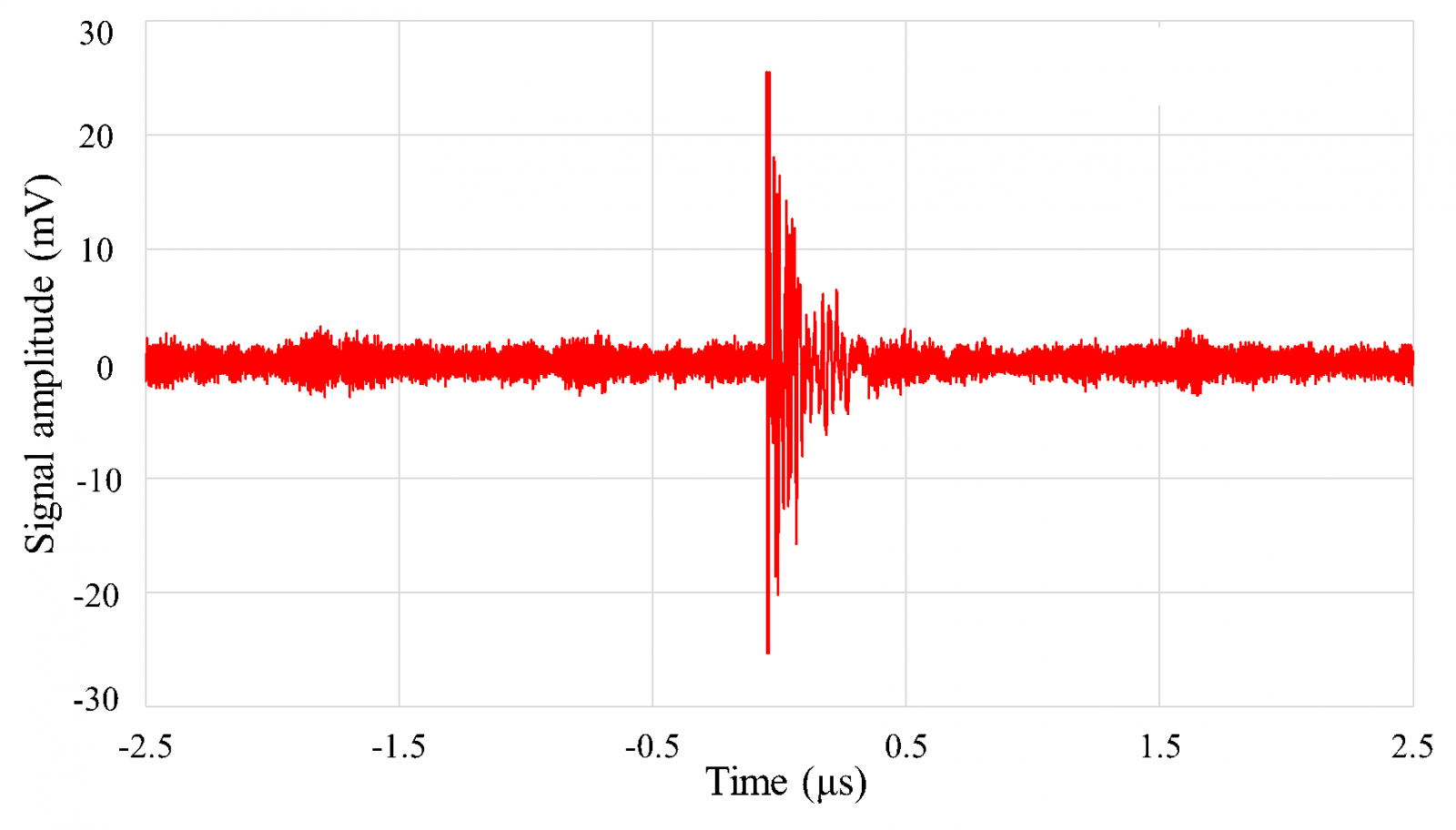
Project Descriptions:
In compliance with next-generation high-voltage substations, ultra-high frequency (UHF) printable sensors are becoming more popular than ever for their online features in partial discharge (PD) diagnostics. However, PD signals mixing with different noises still exists as a major challenge for UHF sensors. Thus, it often difficult to detect PD when there is a high noise-floor due to telecommunication interferences. In this work, a printable sensor to inherently eliminate telecommunication interferences during PD detection in open substations is introduced.
Project Duration: 2021 - 2024
Last Update: 19/02/2025